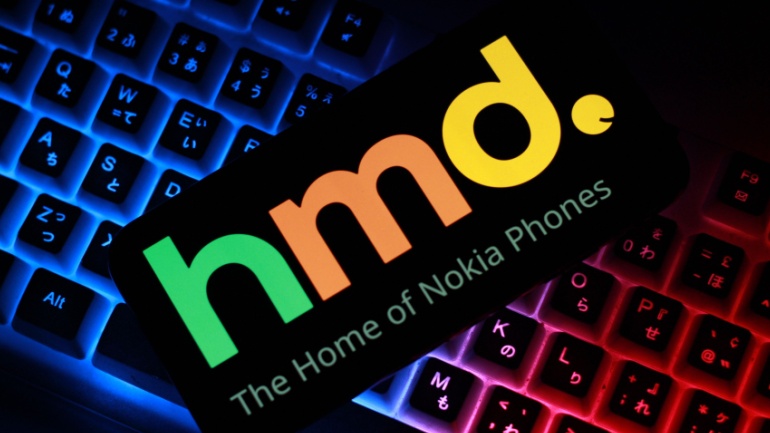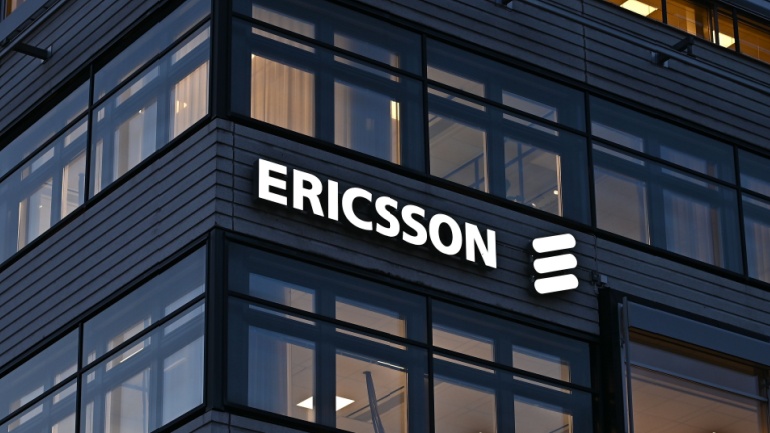Bharti Airtel is re-farming its mid-band spectrum to handle increased 5G network traffic. By reallocating spectrum from 4G services, Airtel aims to support growing 5G demands. This strategic move enhances both Standalone and Non-Standalone 5G modes, offering better connectivity and paving the way for innovative VoIP solutions across India.
Opensignal’s report shows T-Mobile leads in US 5G availability.
Google has reversed its decision to phase out tracking cookies. Businesses rapidly adopting generative AI face long-term infrastructure and security challenges. EdgeCore Digital Infrastructure plans to build a new data center. Nokia’s Broadband Easy Connect uses AI and cloud technology to streamline fibre connections.
AMD’s acquisition of Silo AI for $665 million boosts its AI capabilities and positions the semiconductor giant to better compete with industry leaders like Nvidia. By integrating Europe’s largest private AI lab, AMD aims to deliver cutting-edge AI solutions, enhancing enterprise offerings and leveraging robust VoIP models for improved communication systems.
Claro has achieved a milestone in Brazil by successfully testing 5G-Advanced (5G-A) in partnership with Huawei, reaching speeds over 10 Gbps. Utilizing a commercially active 5G antenna and advanced modems, the trial signifies a leap forward in mobile internet technology.
ADNOC has teamed up with e& to deploy the largest private 5G network in the energy sector, spanning 11,000 square kilometers of operations. This ambitious initiative, aimed at boosting AI, IoT solutions, and operational efficiency, is projected to generate $1.5 billion in value by 2025.
Samsung played a pivotal role in the German smartphone market’s recovery during the first quarter of 2024, ending a prolonged period of decline. According to Counterpoint Research’s Q1 2024 Market Monitor Shipment Tracker, smartphone shipments in Germany increased by 13% year-over-year.
The UK’s telecommunications regulator, Ofcom, is advancing plans to facilitate shared access to the highly sought-after upper 6 GHz band, proposing two primary frameworks to balance the needs of both mobile and Wi-Fi providers. The first proposed approach, known as variable spectrum split, would allow both mobile and Wi-Fi services to use portions of the spectrum not occupied by the other.
Sparkle, the subsea cable subsidiary of TIM, has announced the successful completion of its first international VPN test secured with quantum encryption. This milestone was achieved in collaboration with Arqit Quantum, a leader in quantum-safe encryption, and Telsy, TIM’s cybersecurity-focused company. The proof of concept (PoC) involved establishing a secure Internet Protocol (IPsec) tunnel between Italy and Germany using Arqit’s Symmetric Key Agreement (SKA) Platform.
HMD, the company behind Nokia phones, has unveiled its inaugural lineup of self-branded smartphones known as the Pulse series. This move marks a significant departure for HMD, which initially gained traction by leveraging the trusted Nokia name for its handset operations.
In spite of a 14% drop in sales, Ericsson has reported an impressive expansion in gross margin to 42.7%, largely credited to the resilience of its product portfolio and strict cost reduction measures. Maintaining its market leadership amid economic uncertainties, Ericsson anticipates further shrinkage in the RAN market for the rest of the year.













